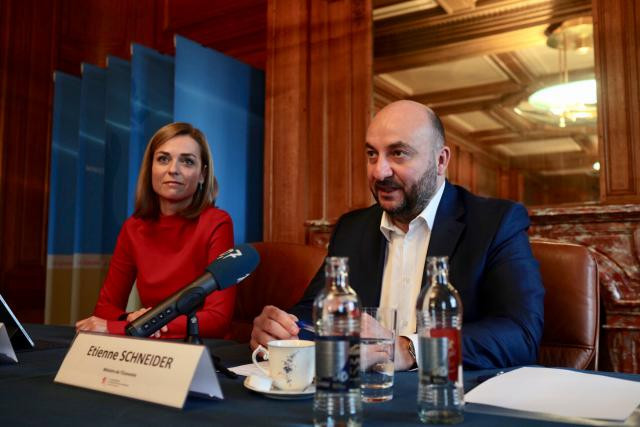The bar had been set in autumn 2014, when the previous government set out to systematically promote better representation of women on public decision-making bodies.
In three years, there was a 6% increase between end-December 2015 (34.13%) and 2018 (40.19%).
The announcement was made during an 8 February press conference hosted by minister for equality between women and men Taina Bofferding, and deputy prime minister and minister of the economy Etienne Schneider--it was their first joint press conference.
Bofferding called the landmark an “important step in the efforts led by the government to ensure equality between women and men in economic decision-making”.
According to Schneider, the state is represented in 79 public establishments and companies--the BCEE and Post, for example--and the 40% objective “helped to reinforce discussions on the profile of directors,” he said, adding that although quotas “aren’t a miracle solution”, they are “an effective way to change mentalities”.
In step with EU targets
The EU target adopted by the European Parliament in 2013 set out for a minimum target of 40% of women non-executive directors to be on the boards of listed companies--a goal it said should be reached no later than 1 January 2020 (advanced to 2018 for public companies). Then-commissioner Viviane Reding had called the proposal a “breakthrough initiative”.
In its 2012 proposal, the European Commission had pointed out that “only 13.7% of corporate seats in the largest listed companies [at that time] are currently held by women (15% among non-executive directors)”, adding in its footnote that there was a range of female representation--from 5% in countries like Luxembourg (along with Cyprus, Malta, Portugal, and Estonia, to name a few) to 25% (Sweden, Finland and Latvia).
When it adopted the proposal, the European parliament even asked for stronger measures--exclusion from public tenders for companies lacking transparent appointment procedures, for example.
Tools and services
A set of tools, actions and initiatives related to gender equality and equal pay exist on the EC website.
In Luxembourg and across Europe, there is also the Female Board Pool initiative run by a non-profit organisation, which provides companies with the possibility of accessing a database of nearly 600 experienced women for their boards. The local service is free of charge and has been subsidised by the Luxembourg government since 2014.
